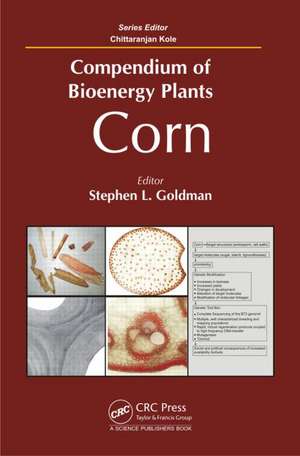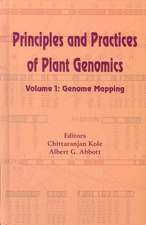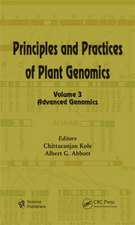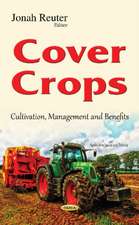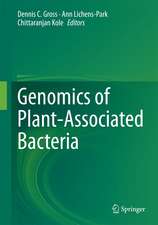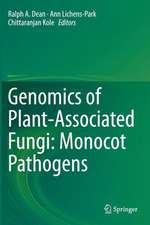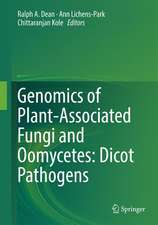Compendium of Bioenergy Plants: Corn: Compendium Of Bioenergy Plants
Editat de Stephen L. Goldman, Chittaranjan Koleen Limba Engleză Hardback – 6 feb 2014
Preț: 1226.79 lei
Preț vechi: 1496.08 lei
-18% Nou
Puncte Express: 1840
Preț estimativ în valută:
234.77€ • 254.93$ • 197.21£
234.77€ • 254.93$ • 197.21£
Carte tipărită la comandă
Livrare economică 22 aprilie-06 mai
Preluare comenzi: 021 569.72.76
Specificații
ISBN-13: 9781482210583
ISBN-10: 1482210584
Pagini: 398
Ilustrații: 15 b/w images and 17 color images
Dimensiuni: 156 x 234 x 30 mm
Greutate: 0.7 kg
Ediția:1
Editura: CRC Press
Colecția CRC Press
Seria Compendium Of Bioenergy Plants
Locul publicării:Boca Raton, United States
ISBN-10: 1482210584
Pagini: 398
Ilustrații: 15 b/w images and 17 color images
Dimensiuni: 156 x 234 x 30 mm
Greutate: 0.7 kg
Ediția:1
Editura: CRC Press
Colecția CRC Press
Seria Compendium Of Bioenergy Plants
Locul publicării:Boca Raton, United States
Cuprins
Basic Information on Maize. Basic Biological Research Relevant to Feed Stock. Special Requirements: Agricultural and Industrial Infrastructure. Bioenergy Related Traits and Model Systems. Molecular Genetics of Bioenergy Traits. Molecular Breeding for Bioenergy Traits. Genomics Resources. Genome Sequencing: Past and Present. Concerns and Compliance. Legal and Regulatory Issues. Social Issues: Biofuel Use of Corn and Other Foods are Causing Malnutrition in the World. Maize, Ethanol and US Politics: A Volatile Mixture. Future Prospects for Corn as a Biofuel Crop.
Notă biografică
Stephen L. Goldman, Chittaranjan Kole
Descriere
This book evaluates maize as a bioenergy fuel source from two perspectives. It explores whether the input energy needed to generate fuel significantly exceeded by the energy harvested. In examining this issue, the chapters provide assessments of the social, economic, and political impact on fuel pricing, food costs, and the environmental challenge with corn biomass the engine of change. It then examines whether corn be genetically improved so that its biomass is significantly increased, its cellulose-lignin complex made more amenable to harvesting and to processing, and grown in regions not normally associated with its cultivation of food.
